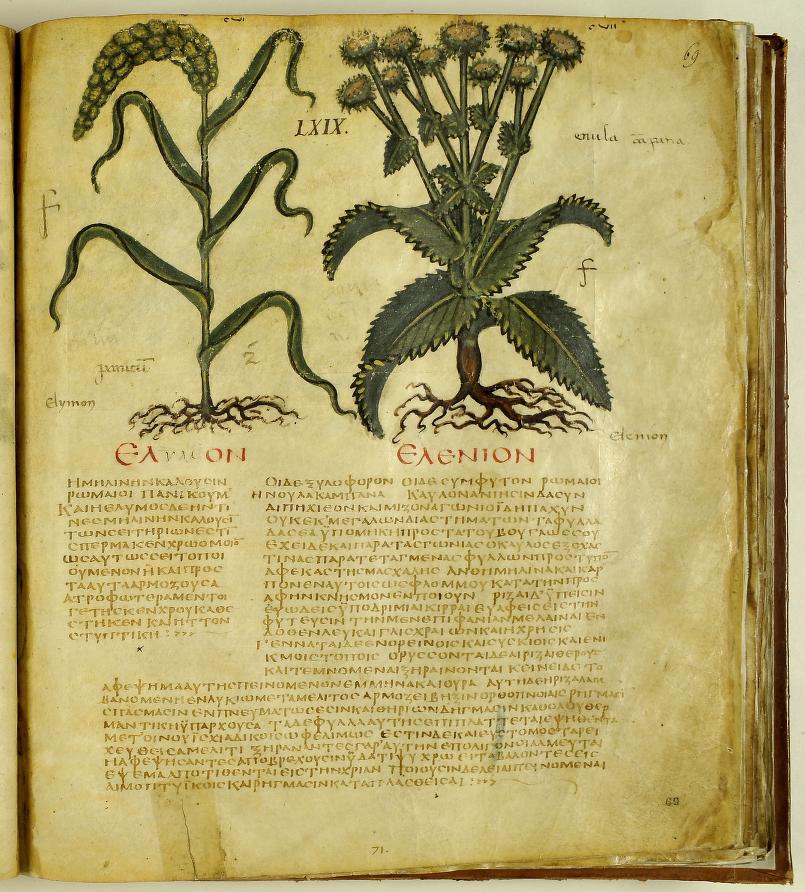Another world: the Aztecs
”(…) they were armed with large bows and arrows, lances and shields and swords shaped like our two-handed swords, and many slings and stones and fire-hardened javelins, and all wore quilted cotton armour. As they approached us their squadrons were so numerous that they covered the whole plain, and they rushed on us like mad dogs completely surrounding us, and they let fly such a cloud of3 arrows, javelins and stones that on the first assault they wounded over seventy of us, and fighting hand to hand they did us great damage with their lances, and they kept on shooting and wounding us. With our muskets and crossbows and with good sword play we did not fail as stout fighters, and when they came to feel the edge of our swords little by little they fell back, but it was only so as to shoot at us in greater safety.” (The Memoirs of the Conquistador Bernal Diaz del Castillo, p. 251)
Of all the indigenous powers to rise in the Americas, the Aztecs were (with the possible exception of the Incas) the greatest. The Aztecs were the first, and last, empire in Mesoamerica. At the height of their power the Aztecs were unsurpassed in their power, wealth, size, and influence. Yet unlike most other great empires of history there was no long, slow decline for the Aztecs. Their entire empire fell apart in just three short years. The arrival of the Spanish in the 16th century caused the disintegration of the empire and ushered in a new epoch in world history.
These two articles are about the rise and fall of the Aztec Empire. The first article will attempt to explain how the Aztecs were able to rise to such unprecedented heights of power. The second article will explain why this mighty empire fell so quickly to a few hundred Spaniards, never to rise again.
Imperial organization
The Aztec Empire was a curious organization. It had large, powerful armies of skilled warriors, but no professional army. It dominated vast swaths of Mesoamerica, but had no recognizable borders. When one thinks of empire, they normally think of a nation which rules over conquered peoples with a standing army and a system of governors. The Aztecs seldom used either. The Aztecs were a different kind of empire.
The Aztecs had what Ross Hassig has called a “hegemonic empire.” (Hassig, Aztec Warfare, p. 11-13). Merriam-Webster defines hegemony as “the social, cultural, ideological, or economic influence exerted by a dominant group.” (“Hegemony,” last modified 2014, http://www.merriam-webster.com/dictionary/hegemony). Hegemonic empires, therefore, are empires that operate by exerting influence over other groups, rather than outright controlling them. Instead of conquering enemy lands and occupying them with a costly army, the Aztecs would use the threat of force and coercion to intimidate and cow their enemies. Instead of directly ruling conquered nations, the Aztecs would use terror to keep independent nations in line. While the Aztecs frequently (very frequently) engaged in warfare, they seldom conquered their enemies outright. Once they had defeated an enemy army they would demand tribute (in the forms of goods, sacrificial victims, slaves, and access to markets). Defeated nations were usually allowed to keep their rulers, laws, beliefs, and customs (Hassig, Aztec Warfare, p. 18-22). This meant that the Aztecs usually did not have to leave behind a garrison or a governor. The objectives of a campaign could be secured by the Aztec army during a campaign and then afterwards the army could be sent home. The costly standing army and garrisons that would be necessary in a conventional empire were avoided, allowing the Aztecs to extract as much wealth from the enemy for as cheaply as possible. This was a necessity in Mesoamerica because, as will be shown below, transportation in pre-Columbian Mesoamerica was very poor and moving anything any significant distance was usually cost prohibitive. Maintaining garrisons and occupying armies was therefore rarely possible. This strategy also freed up the Aztec forces for further conquests, since troops weren’t needed to hold territory. While this light touch was certainly characteristic of Aztec rule, there were exceptions. Enemies that fought too fiercely or rebelled were made to serve as an example to others. Their temples could be burnt, their leaders killed and replaced, and finally, Aztec colonists could be sent in to take control of profitable industries.
Of course the lack of regular garrisons meant that rebellion among tributary nations was common. If a conquered people chose to rebel then the Aztecs would send another army and exact an even bloodier vengeance and impose an even harsher penalty upon the enemy. Since it was the fear of Aztec military might (rather than occupying soldiers) that kept subject nations in line, the Aztecs needed to frequently display their fighting prowess in order to maintain their image. Thus “…affronts or challenges to Aztec authority were often met with seemingly disproportionate harshness.” (Hassig,Aztec Warfare, p. 18-22).
Flower Wars
In order to maintain their image the Aztecs had to be constantly at war, for long periods of peace would erode the perception of Aztec power and thus weaken the empire. One way the Aztecs maintained their image was through the use of Flower Wars (known in Nahuatl as xochiyaoyotl) (Hassig, Aztec Warfare, p. 10). Flower Wars were highly ritualized battles in which both sides agreed to meet at a particular place with only a certain number of combatants, allowed to fight with only certain weapons (Hassig, Aztec Warfare, p. 255). Aside from their religious significance, the purpose of these Flower Wars was to show off Aztec military prowess to enemies who were either too far away or too strong to be defeated in their home territory. In order to show off the individual fighting ability of the Aztecs, each side would use the same number of warriors. However, even with the same number of warriors being deployed by both sides, Aztec numerical superiority still played a part. “Since combatants were relieved periodically, the numerically superior side could withdraw soldiers more frequently and give them longer rests. Thus the larger opponent enjoyed advantages that were telling in the long run: [Flower Wars] ultimately resulted in a weakened opponent.” (Hassig, Aztec Warfare, p. 255). Flower Wars also enabled the Aztecs to maintain hostilities with tenacious enemies while using far fewer troops than would be required for a conventional war. This helped free up troops to fight elsewhere (Hassig, Aztec Warfare, p. 255). This way, enemies who could not be defeated in a conventional war could still be cowed by a close up demonstration of Aztec military, even while other Aztec conquests continued unabated.
In the second part of this series, coming soon, we will focus on logistics and the military in the Aztec empire.
Michael Curl has a B.A. in History and Religious Studies from Humboldt State University. Having previously written about the ‘European Armour Industry in The Industry of Defence’ for Medieval Warfare, he now writes about the weapons and warfare of non-European peoples. With an upcoming trip to the country of Georgia, he hopes to broaden his horizons and learn more about the military history of western Asia.
Works cited (in series)
- The Codex Mendoza. Sourced from: “The Public Domain Review.” http://publicdomainreview.org/collections/codex-mendoza-1542/.
- The Memoirs of the Conquistador Bernal Diaz del Castillo, Vol 1 (of 2) Written by Himself Containing a True and Full Account of the Discovery and Conquest of Mexico and New Spain. Translated by John Ingram Lockhart. London 1844.
Further reading
- R. Hassig,Aztec Warfare: Imperial Expanison and Political Control. Norman 1988.
- R. Hassig,Mexico and the Spanish Conquest. Norman 2006 (2nd ed.).
- R. Hassig,Trade, Tribute, and Transportaion: The Sixteenth-Century Political Economy of the Valley of Mexico. Norman 1985.
- R. Hassig,War and Society in Ancient Mesoamerica. Berkeley 1992.
Pictures via Wikimedia Commons; map via Wikimedia Commons (user ‘historicair’), all CC-by-SA.




